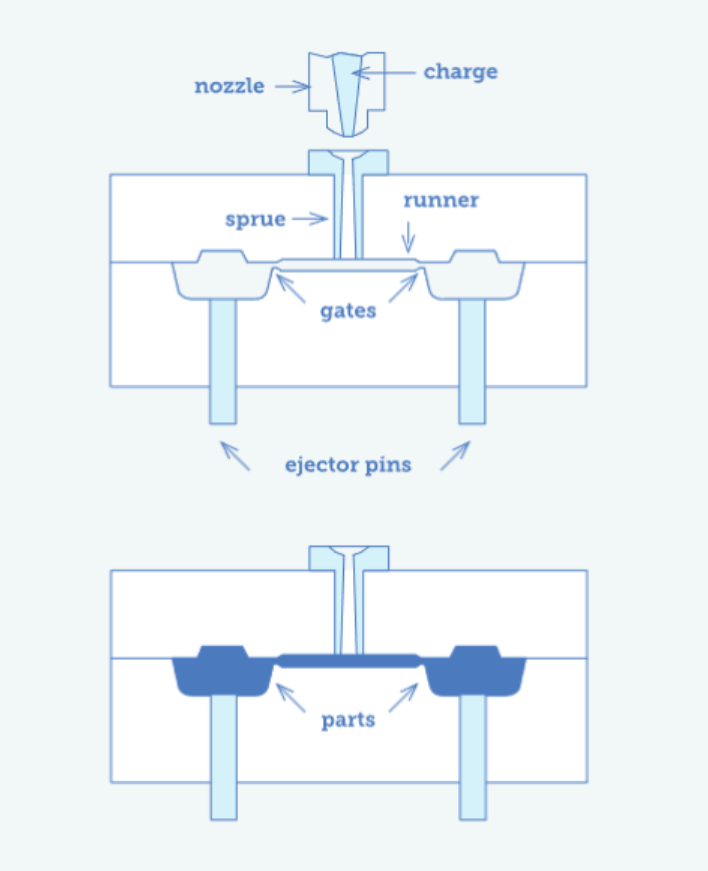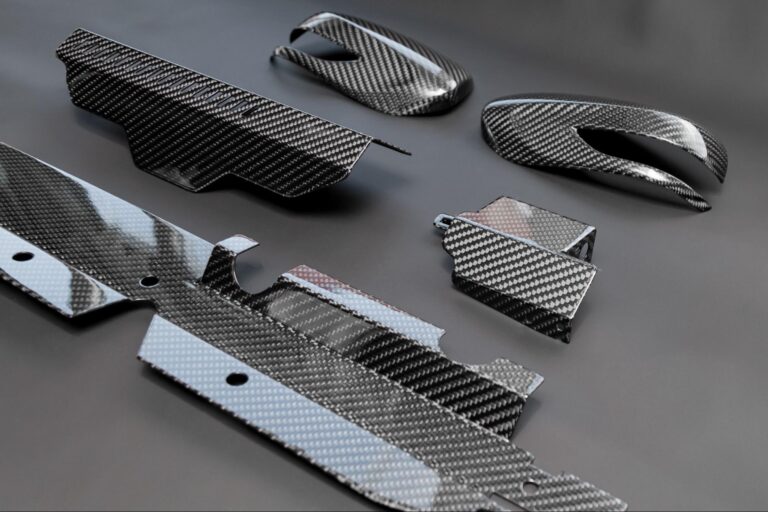Time to read: 5 min
The pre-production phase of the hardware product development cycle encompasses the commonly mentioned EVT (Engineering Verification Test), DVT (Design Verification Test), and PVT (Production Verification Test) segments.
There’s a common misconception that each segment denotes a pre-production build on a rudimentary assembly line, however the T in each of the “(X)VT”s stands for Test, signifying that the main focus of these activities is to actually test the resulting prototypes.
Through each stage of pre-production, the prototypes mature, and along with their maturation, the testing strategy must evolve as well.
And like any good testing strategy, it must be planned out in advance! You should develop a clear test plan before even ordering components for the builds, because too often an arbitrary number of units get built and then these units disappear like hot-cakes to investor pitches and press demos. Then in the end, there’s just a few prototypes left foractual testing—barely enough to do anything statistically meaningful.
To prevent this scenario from happening, decide on your build quantity based on a clearly defined pre-production test plan and order extras for marketing activities.
In this article I’m going to give an overview of EVT, DVT, and PVT segments including the major tests involved to help you prepare for this phase of hardware testing, and ultimately for mass production.
EVT
The main purpose of the Engineering Verification Test is to verify function as designed. This build usually marks the first time a complete system has been built, hopefully using close-to-real parts like soft-tooled plastics, but sometimes 3D-printed and vacuum-casted parts will have to do. The assembly might then be done on a workbench by engineers.
Hopefully you completed a Product Requirements Document (PDR) during the planning phase—now is the time to pull that out again to check if all the functional requirements have been met.
Some of the tests you can do at this stage are:
- Functional tests
- Initial EMC scans (for FCC regulation)
- Thermal test
- Mechanical fit test
- UL review (most applicable to rechargeable batteries)
- Life testing components that are likely to stay the same going forward, such as
- Button life test
- Connector plug-in/pull-out test (audio jack, USB port, etc.)
- System-level usability tests (in-contrast to feature-based usability tests in the design phase)
After completing the EVT build, you’ll be ready to move on to the Design Verification Test build.
DVT
The Design Verification Test build usually happens in the same factory that will manufacture your product for mass production. With the help of assembly workers, you can build quite a few more prototypes than EVT with this build and DVT units should aim to meet cosmetic as well as functional requirements.
Before DVT assembly, or “box build”, the Mechanical Engineers and Industrial Designers will have spent weeks verifying mechanical fit, tuning colors, and designing/approving assembly fixtures. Based on observations from this process, you can prepare specs that will be useful for PVT and mass production:
- Defect definition (minor, major, critical)
- Cosmetic acceptance criteria (how many defects of each kind are acceptable on each class of surface)
- Sign limit samples for aesthetic qualities: paint colors, resin colors, etc. (small variation will occur between batches).
The build itself then takes just 1-2 days depending on the unit quantity.
During this time, the Mechanical Engineers and Manufacturing Engineers need to walk the assembly line to troubleshoot and identify process bottlenecks. For example, bottlenecks might be caused by lack of proper fixtures, poor instructions (Standard Operating Procedures, or SOPs), or just plain bad design (hopefully not!).
Don’t forget to have your Electrical and Firmware Engineers on standby as well—sometimes programming and built-in functional tests will halt the line.
Final DVT units should be pretty close to the real deal and wIth these units in hand, you can now run tests that simulate use and abuse.
At the very least, your product needs to outlast warranty with normal use, however the true mark of quality is being able to withstand abuse. In an ideal scenario, the customer buys an upgrade replacement before the product fails.
Some tests commonly run at this stage:
- Accelerated Stress Test (AST), which reveals product failure modes that emerge from extended use and abuse. Some examples are:
- Humidity and temperature cycling
- High humidity, high temperature storage
- UV, to reveal material degradation. Un-treated white and clear plastics nearly always fall victim to this.
- Dust ingress
- Conventional life tests
- Switches cycling
- Material and finish abrasion
- Mechanical abuse
- 6-face drop
- Tumble
- Vibration
- Water splash (IPX4) or water submersion (IPX7)
- Regulatory and safety compliance
- RoHS, REACH (if you plan to sell in Europe)
- FCC
- CE, Intertek
- More usability tests! You might even let some trusted beta testers take units home for extended evaluation.
After completing the DVT build, the final step in pre-production testing is the Production Verification Test build.
PVT
Your Production Verification Test build should be as close to the mass production workflow as possible. Afterall, this is the test to validate the manufacturing process: can you build fast enough to meet projected demand and maintain high quality?
Larger companies will begin transfer of project ownership from R&D Engineering to Sustaining Engineering at this time.
Packaging is usually on a separate project track from Product Design and Engineering, but PVT is the point where these projects converge. PVT assembly should include the packaging procedures as well as the product manufacturing procedures, whether done at the same facility or not. Packaging includes gift box, which is what an individual customer receives the product in, and master carton, which contains a number of gift boxes.
Packaged goods need to be tested as well—here are a few common packaging tests:
- gift-box vibration
- gift-box drop
- master carton vibration
- master carton drop
- transportation test, e.g. ISTA-3A
Main Takeaways
The pre-production stage will comprise the most stressful months in a product development cycle. For many engineers, this means spending a lot of time in airplanes and foreign factories, working 16-hour days away from home.
Making a test plan ahead of time to identify goals, actions, and go/no-go criteria for each segment will bring method to the madness. If a verification test doesn’t pass, fix what needs to be fixed and repeat the build; extra time spent in the pre-production phase could prevent a grinding halt and long delay in mass production.
After you get through EVT, DVT, and PVT, you can begin to see the light at the end of the product development tunnel and we can promise that light will not be a train, if you followed through on a well thought out test plan.










